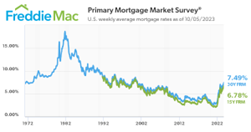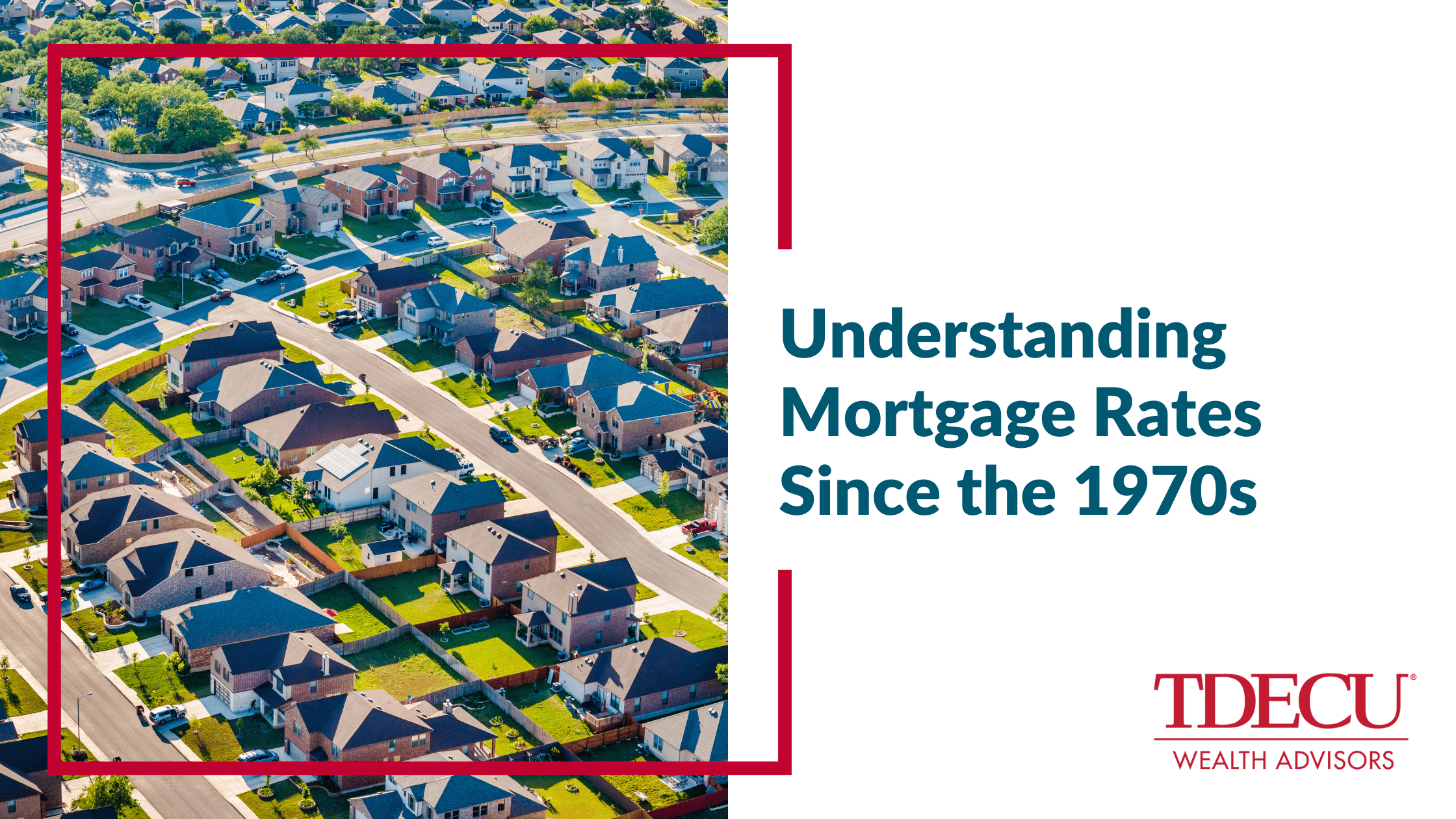In October 2023, the U.S. real estate market faced a significant milestone as the average rate for a 30-year mortgage reached 7.50%, according to data provided by government-backed lender Fannie Mae. This rate, representing a notable increase from previous years, indicated a shift in the lending landscape. Borrowers, especially those aspiring to buy homes, were met with higher borrowing costs, impacting their purchasing power and overall affordability.
This rise in mortgage rates had profound implications for American homeowners, particularly when coupled with the findings of an NBC News analysis based on data from Zillow. The analysis revealed a concerning trend: estimated mortgage payments had surged in more than 500 cities across the nation since the end of 2020. What made this development even more alarming was the fact that payments had doubled in more than half of these cities. This escalation in housing costs put immense pressure on households, challenging their financial stability and altering their long-term financial plans.
The confluence of higher mortgage rates and soaring housing costs underscores the complex dynamics of the U.S. real estate market. Homeownership, once considered a cornerstone of the American dream, is becoming increasingly elusive for many, especially for first-time buyers and middle-income families. The shift is also posing challenges for the broader economy, as housing market dynamics often have far-reaching effects. Reduced consumer spending, altered investment patterns, and a potential slowdown in the construction industry are among the potential repercussions, highlighting the need for careful monitoring.
50-Years of Mortgage History
Recognizing historical trends in the housing market and mortgage rates is crucial for gaining profound insights into the present state and making well-informed forecasts about the future of real estate. History acts as a crucial backdrop against which current housing market dynamics and mortgage rate fluctuations unfold, offering a perspective through which we can dissect the factors driving these changes. Studying past trends equips us with the ability to discern patterns, draw lessons from both the victories and errors of previous years, and grasp the intricate interplay of factors shaping the real estate landscape. In essence, delving into the historical context of mortgage rates and housing trends provides a nuanced understanding that is indispensable for making strategic decisions in today’s property market.
Decades of Fluctuation
The evolution of mortgage rates in the United States since the 1970s has played a pivotal role in shaping the country's economic landscape. These fluctuations have influenced everything from homebuying trends to consumer spending, and ultimately, the overall health of the economy.
Let's take a closer look at the impact of mortgage rates in each decade since the 1970s.

1970s: The Era of Volatility
The 1970s marked a period of economic uncertainty and high inflation. Mortgage rates soared, reaching unprecedented levels. By the end of the decade, rates were well above 10%. The high borrowing costs hindered homebuying, leading to a slowdown in the housing market. Consequently, this dampened consumer confidence and spending, contributing to economic stagnation.
Decade | Mortgage Rates at the beginning of the decade | Mortgage Rates at the end of the decade |
1970s | 7.33% | 12.9% |
1980s: The Mortgage Rate Rollercoaster
The 1980s began with sky-high mortgage rates, with the Federal Reserve combating inflation. However, by mid-decade, rates began to decline. This drop stimulated the housing market, sparking a wave of home purchases and refinancing. As a result, the construction industry thrived, creating jobs and stimulating economic growth. The latter part of the decade, though, saw a slight uptick in rates, which had a marginal dampening effect on the economy.
Decade | Mortgage Rates at the beginning of the decade | Mortgage Rates at the end of the decade |
1980s | 12.9% | 9.78% |
1990s: The Era of Stability
The 1990s brought relative stability to mortgage rates. The rates remained moderate, fostering a healthy housing market. This stability encouraged homebuying, construction, and consumer spending. Low and stable mortgage rates contributed to the economic boom of the late 1990s, supporting a robust economy characterized by low unemployment and strong GDP growth.
Decade | Mortgage Rates at the beginning of the decade | Mortgage Rates at the end of the decade |
1990s | 9.83% | 8.06% |
2000s: The Housing Bubble and Burst
The early 2000s witnessed a decline in mortgage rates, reaching historically low levels. This led to a housing boom, with many Americans taking advantage of low rates to buy homes and invest in real estate. However, lax lending standards and risky financial products led to the housing bubble. When the bubble burst in 2007, the housing market collapsed, triggering a financial crisis. Mortgage rates, although low, could not prevent the subsequent economic recession, which affected millions of Americans and sent shockwaves across the global economy.
Decade | Mortgage Rates at the beginning of the decade | Mortgage Rates at the end of the decade |
2000s | 8.15% | 5.14% |
2010s: The Road to Recovery
In the aftermath of the financial crisis, the Federal Reserve implemented aggressive measures to stimulate economic recovery. Mortgage rates were kept at historically low levels to encourage borrowing and spending. This policy, combined with government initiatives, helped stabilize the housing market. Low rates fueled a slow but steady recovery in the housing sector, contributing to overall economic growth. However, the long-lasting low rates also led to concerns about asset bubbles and income inequality.
Decade | Mortgage Rates at the beginning of the decade | Mortgage Rates at the end of the decade |
2010s | 5.09% | 3.74% |
2020s: Navigating the Pandemic
The 2020s began amidst the COVID-19 pandemic, prompting central banks, including the Federal Reserve, to slash interest rates to historic lows to support the economy. Ultra-low mortgage rates facilitated a surge in homebuying and refinancing, despite the economic challenges posed by the pandemic. The housing market remained a bright spot in the midst of uncertainty, supporting economic resilience.
Decade | Mortgage Rates at the beginning of the decade | Mortgage Rates at the end of the decade |
2020s | 3.72% | TBD |
It’s the Economy
It is beyond debate that the trajectory of mortgage rates over the past five decades has significantly impacted the U.S. economy. From periods of high volatility to eras of stability and recovery, mortgage rates have influenced consumer behavior, housing market dynamics, and overall economic growth.
As the nation moves forward, understanding these historical trends is crucial for policymakers, economists, and individuals alike, providing valuable insights into the intricate relationship between mortgage rates and the broader economy.
Important Disclosures
The opinions voiced in this material are for general information only and are not intended to provide specific advice or recommendations for any individual.
All information is believed to be from reliable sources; however, LPL Financial makes no representation as to its completeness or accuracy.
This article was prepared by MainStreet Journal.
LPL Tracking #500096
